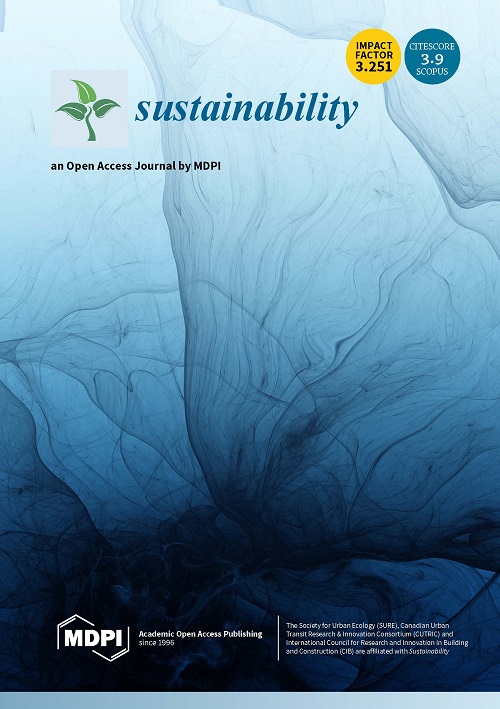The supposition that agricultural intensification results in land sparing for conservation has become central to policy formulations across the tropics. However, underlying assumptions remain uncertain and have been little explored in the context of conservation incentive schemes such as policies for Reducing Emissions from Deforestation and forest Degradation, conservation, sustainable management, and enhancement of carbon stocks (REDD+). Incipient REDD+ forest carbon policies in a number of countries propose agricultural intensification measures to replace extensive "slash-and-burn" farming systems. These may result in conservation in some contexts, but will also increase future agricultural land rents as productivity increases, creating new incentives for agricultural expansion and deforestation. While robust governance can help to ensure land sparing, we propose that conservation incentives will also have to increase over time, tracking future agricultural land rents, which might lead to runaway conservation costs. We present a conceptual framework that depicts these relationships, supported by an illustrative model of the intensification of key crops in the Democratic Republic of Congo, a leading REDD+ country. A von Thünen land rent model is combined with geographic information systems mapping to demonstrate how agricultural intensification could influence future conservation costs. Once postintensification agricultural land rents are considered, the cost of reducing forest sector emissions could significantly exceed current and projected carbon credit prices. Our analysis highlights the importance of considering escalating conservation costs from agricultural intensification when designing conservation initiatives.
Download:
DOI:
https://doi.org/10.1073/pnas.1220070110
Altmetric score:
Dimensions Citation Count:

























